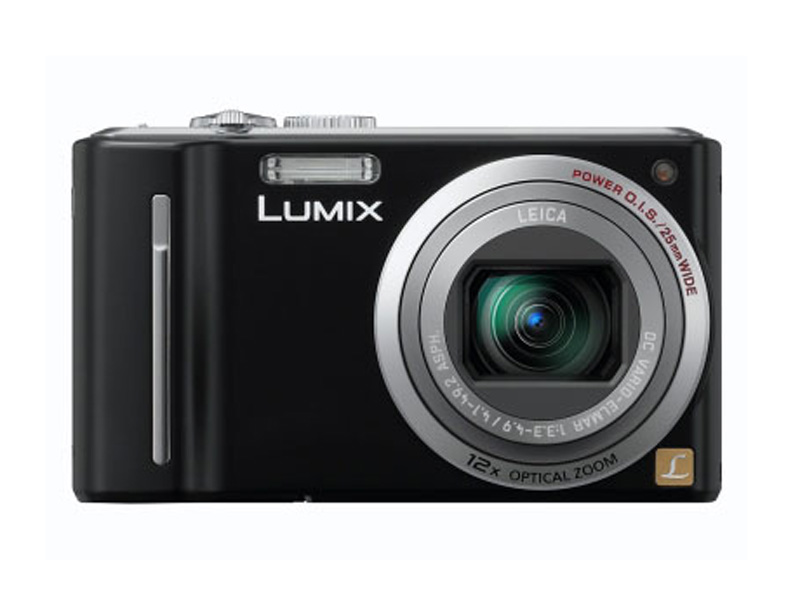Why you can trust TechRadar
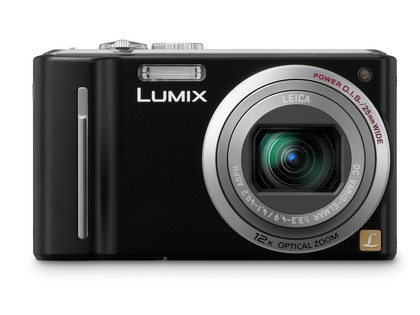
To judge by all the stickers festooning our review sample, Panasonic is making the biggest noise about the 25mm wide angle lens, impressive zoom reach and intelligent widgets. Let's begin with build quality and lens.
The Panasonic Lumix DMC-TZ8 certainly feels and looks good. While not as chic as the Sony DSC-TX1, or as SLR-a-like as the Canon SX20 IS, it's a nice looking camera that weighs a mere 214g (with battery). The lens recesses smartly into the body and the dials and buttons are generally well laid out.
But that's not to say the ergonomics are perfect. It's great to be able to adjust aperture via the top PASM (Program, Aperture, Shutter Speed, Manual) dial on a camera at this price point, so why oh why is widening and narrowing the aperture so needlessly fiddly?
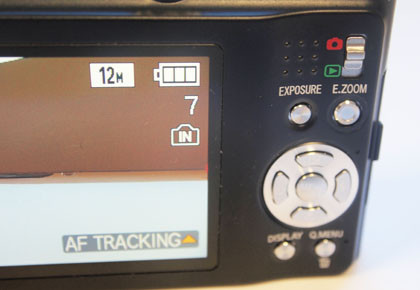
EXPOSURE CONTROL: You select aperture or shutter speed via the top dial, but then adjust it via this extra Exposure button – a clunky solution
Once you've selected A mode on the top dial, you then have to press a separate Exposure button on the back to let you adjust the aperture via the arrows on the rear dial. Forget to press Exposure and you'll end up changing flash settings by mistake! This convoluted process will soon frustrate SLR owners, for example, who are using the Panasonic Lumix DMC-TZ8 as a back-up compact.
The dial/button/arrow sequence is also needed to adjust shutter speed (and aperture/shutter speed in Manual mode), and it really slows you down when you need to adjust exposure modes on the fly. A dedicated dial for PASM, as found on higher-end cameras, is badly needed, and it wouldn't spoil the layout.
Fortunately, the lens soon has us back on board. While 25mm is not the widest angle you can get on a compact at this price, it's still a great effort, and the quality of the Leica-branded lens is really up there.
Sign up for breaking news, reviews, opinion, top tech deals, and more.
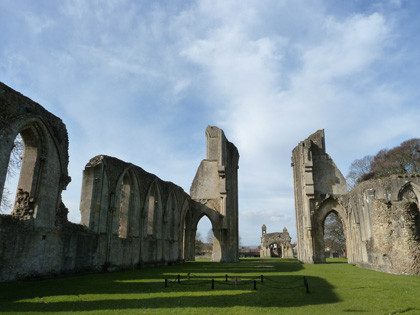
WIDE BOY: The 25mm wide angle lens is a godsend for holidaymakers trying to capture as much of an impressive scene as possible (Click here for high-res version)
Sure, you'd expect, and get, distortion at this price point, but it's well controlled, and generally, the lens is impressively sharp and unflappable.
If you need to squeeze even more into the scene, you can also choose 16:9 widescreen aspect ratio. Lens performance is also good at the telephoto end, and this, combined with the reasonably wide maximum aperture, makes it easy to get pleasing background blur on portraits, for instance.
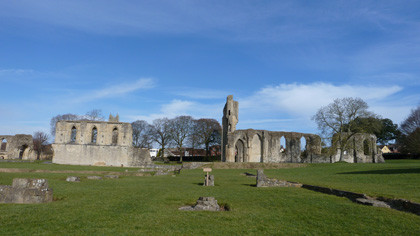
WIDESCREEN: The 16:9 widescreen mode is also handy for capturing a big scene, and you can enjoy it later on your widescreen TV (Click here for high-res version)
Current page: Panasonic Lumix DMC-TZ8: Features
Prev Page Panasonic Lumix DMC-TZ8: Overview Next Page Panasonic Lumix DMC-TZ8: Image performance